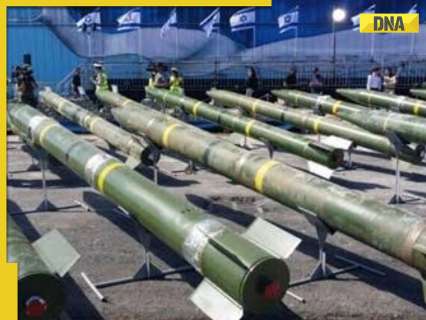Last week, the Lebanese group Hezbollah launched a number of rocket attacks on Israel. This was in response to a series of explosions involving pagers and walkie-talkies, which many believe were caused by Israeli intelligence. Hezbollah's actions were seen as retaliation for these incidents.
The situation reflects the ongoing tension between. Hezbollah used Fadi-1 and Fadi-2 rockets in these attacks, and after the strikes, the group shared details about these rockets with local media. Fadi-1 The Fadi-1 is a 220mm unguided rocket that can be fired from both fixed and mobile launchers.
It’s around six meters long and carries a high-explosive warhead weighing 83 kilograms. The rocket can reach targets up to 70 kilometers away. An analysis of the rocket debris, along with reports from Hezbollah and other sources, suggests that the Fadi 1 is modeled after Syria’s M-220 rockets.
Several evaluations point out that these rockets could be a Syrian version of the Soviet 9M27 rocket, which is part of the Uragan multiple launch rocket system (MLRS). It seems that Hezbollah, likely with help from Iran, reduced the weight of the warhead and made other adjustments to increase the rocket's range. Fadi-2 The Fadi-2 is a 302mm unguided rocket with a range of 100 kilometers.
It carries a 170-kilogram high-explosive warhead. This rocket isn’t new either. The Fadi 2 seems to be a Syrian-made version of the M-302 rocket, also known as the Kheibar-1.
However, this rocket is actually a Syrian .


















